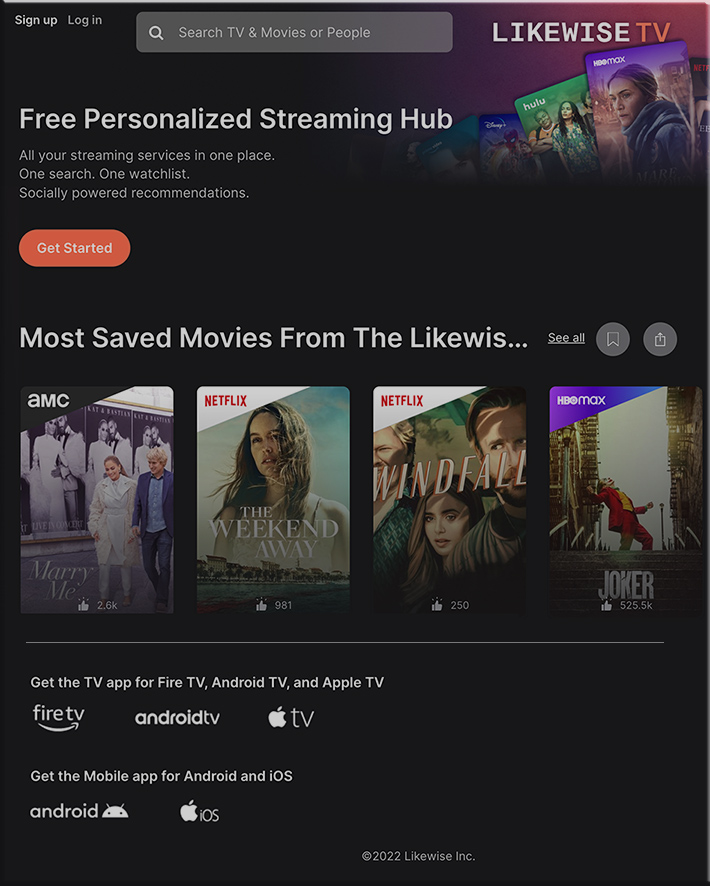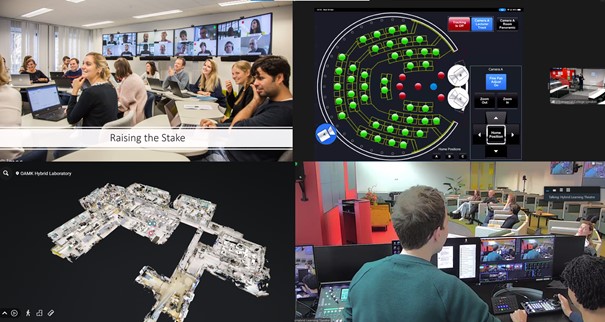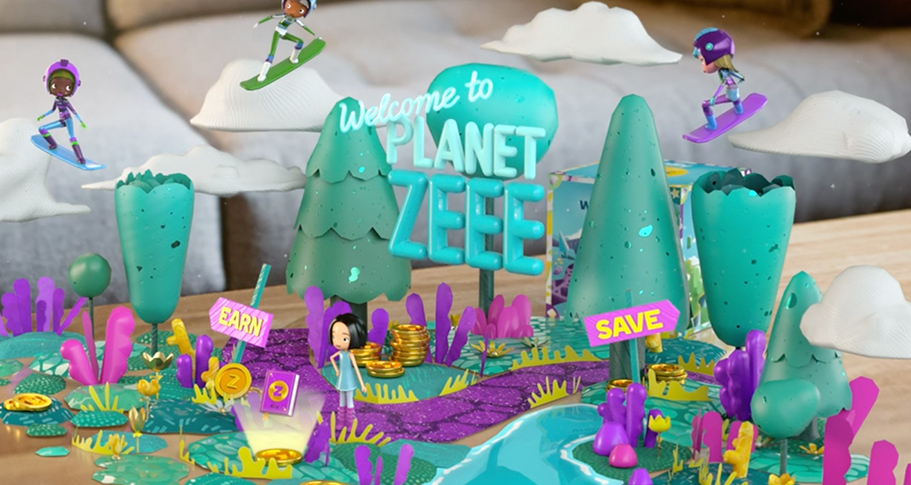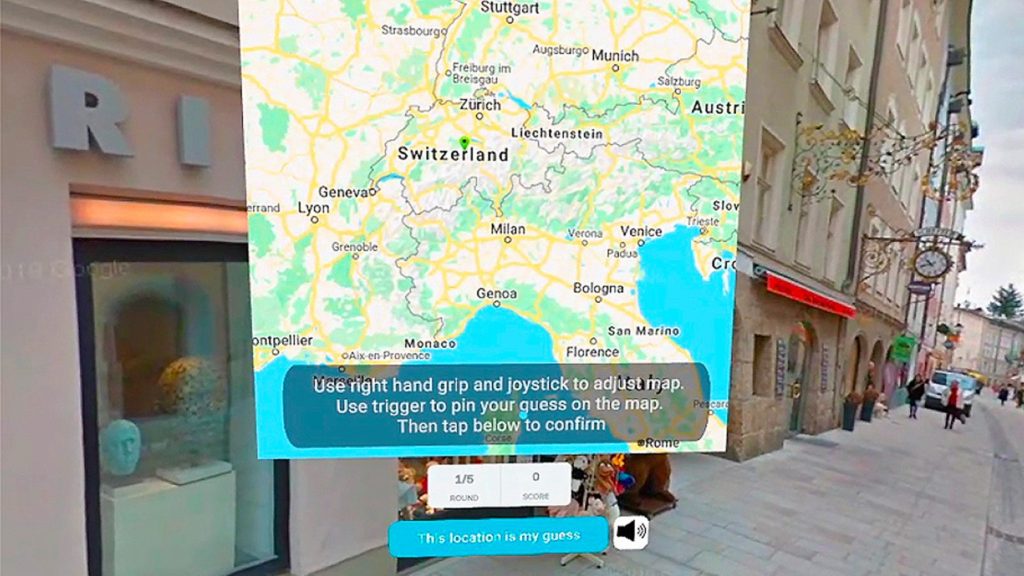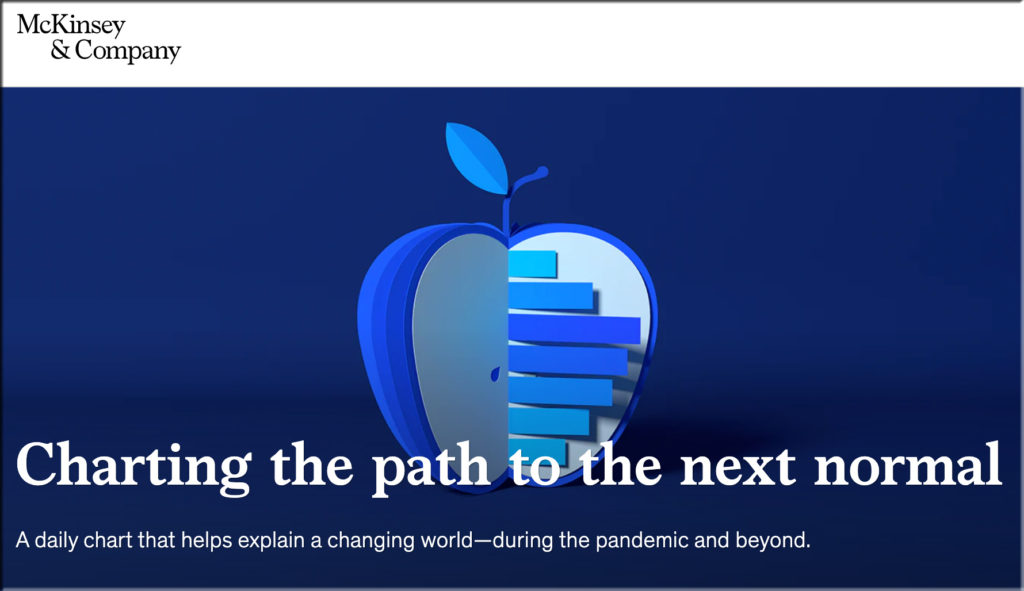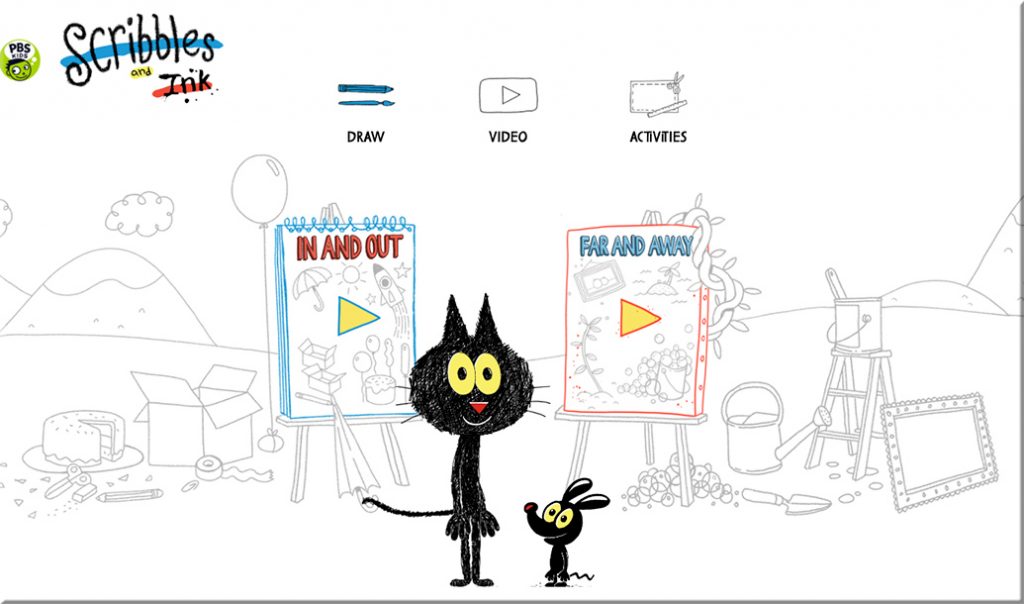Homeschool math doesn’t have to be intimidating! — from raisinglifelonglearners.com by Colleen Kessler
Excerpt:
Finding The Right Math Program For Your Child
There are so many choices on the market. Some with manipulatives, some with thick workbooks, some on online learning platforms.
While it may seem overwhelming, its actually good news! You don’t have to worry about all of them – you only have to find the one that works for you!
That’s exactly what’s happened for my family this year with CTCMath.
…
CTCMath is an online program developed by a father of ten children, with twenty years teaching experience. It is a subscription math service that provides learning from Kindergarten all the way through Calculus. CTCMath specializes in providing online video tutorials that take a multi-sensory approach to learning.
The number one thing we’ve loved most about CTCMath this year is that it teaches math in short, bite sized amounts.
I LOVE the shorter lessons approach. Not only is it the best way to teach children with attention issues, but it also makes it easy for parents who struggle with math themselves!
Colleen Kessler










